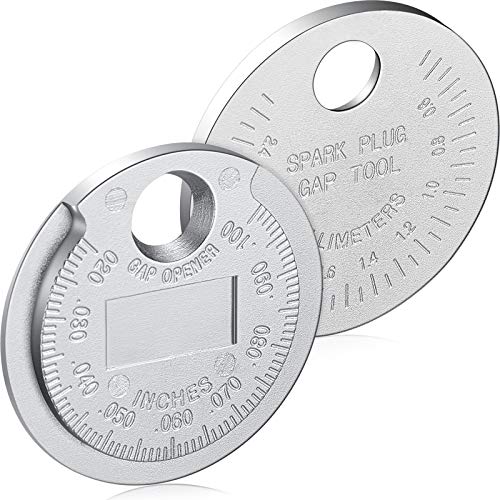The spark plug is one of the most important components in a gasoline engine. Spark plugs ignite the gasoline, helping to create power and drive the engine. If this is your first time doing a spark plug replacement yourself, you might be wondering how to close the gap on the plugs to ensure smooth, consistent ignition. You're in luck because we did the research to bring you the answer.
Closing the gap on a spark plug is fairly simple. The only things you'll need are a spark plug gap tool and the owner's manual for your vehicle. Simply follow these steps:
- Find the manufacturer's recommended spark plug gap in the owner's manual for your vehicle.
- Use the perimeter portion of the gap tool to measure the spark plug's pre-gap size.
- Insert the side/ground electrode of the spark plug into the hole on the gap tool, and apply gentle pressure to slightly widen or close the gap.
- Remeasure the spark plug's gap.
- Repeat the process until the gap is equivalent to the manufacturer's specification.
If you still have some questions about how to properly close the gap on a spark plug, don't worry. In this post, we'll discuss the process in greater detail. We'll also talk about how to close the gap without a tool, whether or not spark plugs have to be perfectly gapped, how tight a spark plug should be, and more. Without further ado, let's get into it.
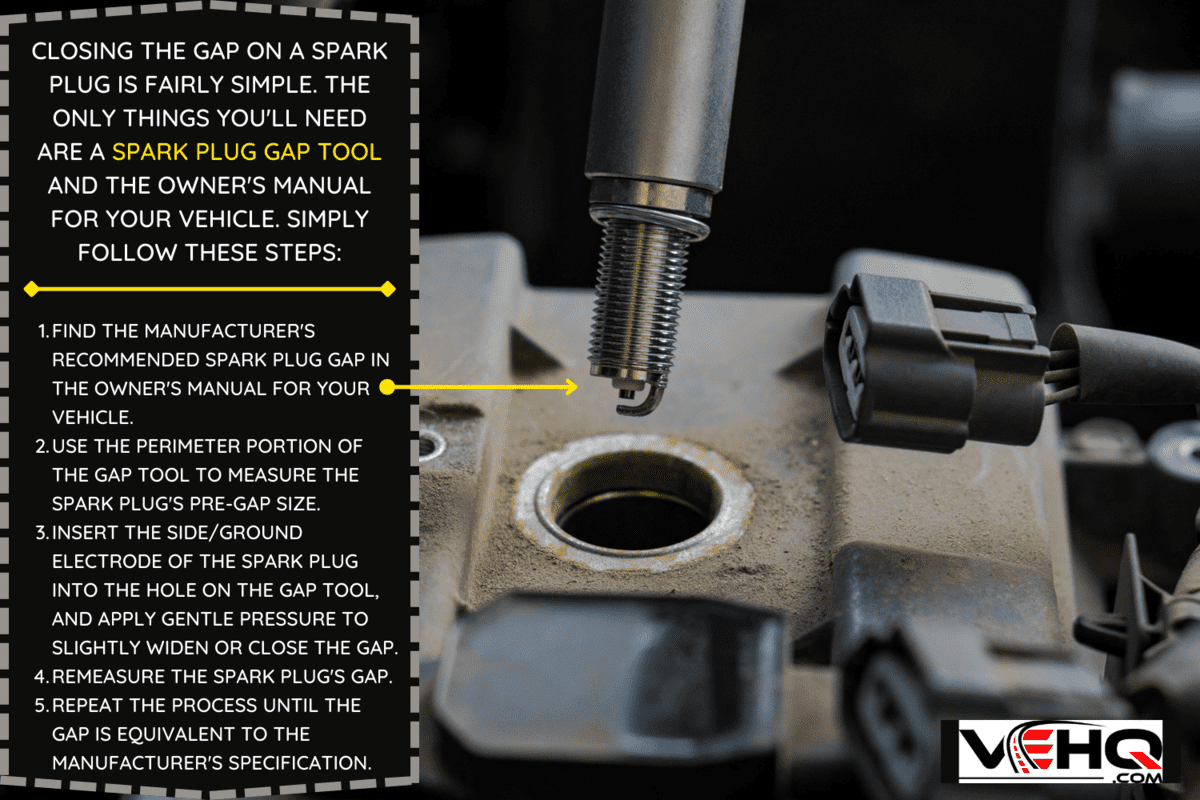
How To Close The Gap On A Spark Plug
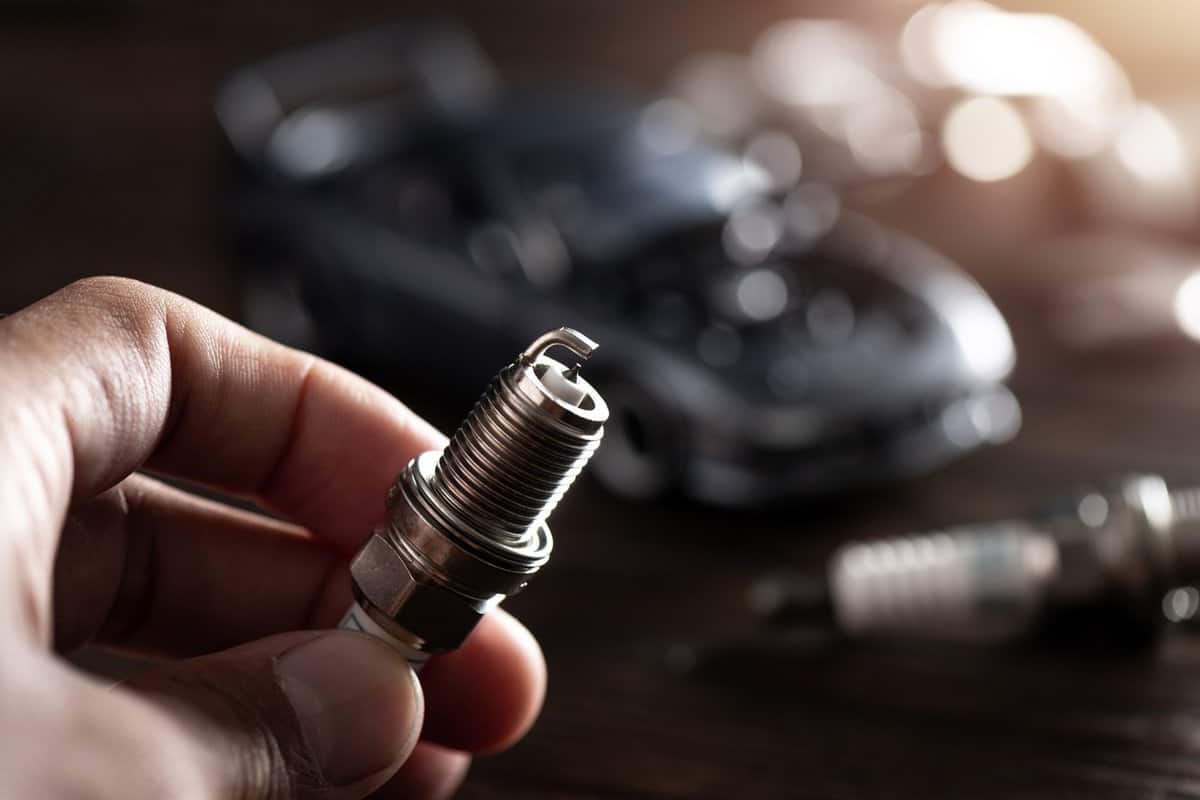
Before we start talking more about the gapping procedure, it's important to briefly mention that whether or not gapping is necessary depends on the type of spark plug.
For instance, copper spark plugs require gapping. They are less expensive and don't last as long as higher-end spark plugs. The gapping procedure we'll discuss briefly applies to these types of spark plugs.
When it comes to iridium spark plugs, however, there is some debate. Some maintain that iridium plugs still need to be gapped, while others claim that gapping isn't required.
But it's generally recommended to not gap iridium spark plugs. Iridium plugs will come pre-gapped; the gap might not be equivalent to every vehicle manufacturer's recommendation, but the idea is that, since iridium plugs are more efficient, this small difference isn't significant.
In other words, iridium spark plugs should have no problem generating the necessary spark even if the factory gap isn't equivalent to the vehicle manufacturer's recommended gap.
What's more, the center electrode on iridium spark plugs is quite brittle, which means it can be easily broken or damaged by attempting to modify the gap. This is another reason why it's generally advised to leave iridium spark plugs with the factory gap.
Here we'll break down each step in the spark plug gapping process:
1. Find The Recommended Gap
Consult the owner's manual for your vehicle to find the manufacturer's recommended spark plug gap. If you're unable to find this information in the owner's manual, RockAuto is a great resource that should have this information for your vehicle.
Once you find the manufacturer's recommended gap, take note of it for reference.
2. Measure The Pre-Gap Size
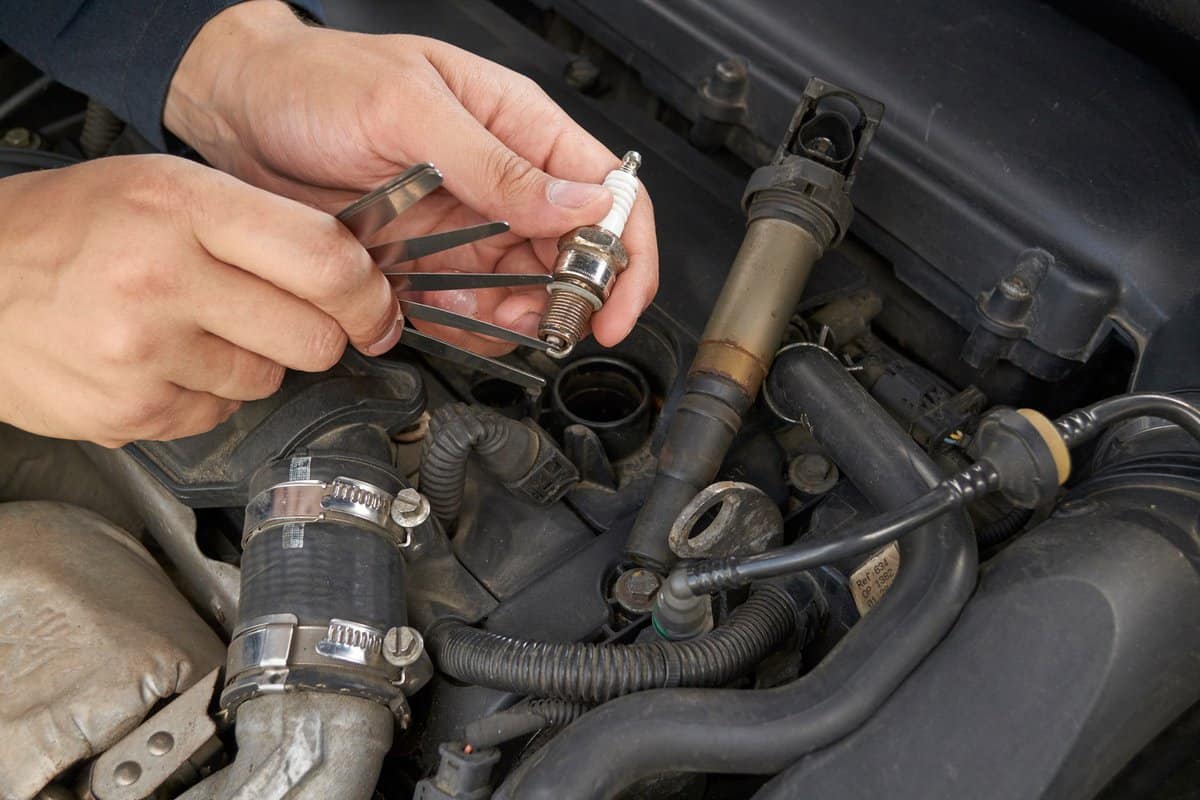
Note: There are different types of spark plug gap tools. Here, we'll discuss the process using a circular gap tool which is most common. The process will be generally the same regardless of the type of gap tool you use; the design of the tool and the way you go about obtaining the measurement will just vary slightly.
Click here to see this spark plug gap tool on Amazon.
Use the perimeter portion of the gap tool to measure the spark plug's pre-gap size. If the gap is equivalent to the manufacturer's recommended gap, you can go ahead and install the spark plug.
If the gap isn't equivalent to the manufacturer's recommendation, proceed to the following step.
3. Use The Gap Tool To Modify The Gap
Insert the side/ground electrode (the metal arm at the end of the spark plug) into the hole in the gap tool. Apply gentle pressure to either close or widen the gap.
Note: Be careful not to damage the tip of the center electrode during this process.
4. Remeasure The Gap
After you've made a small correction, remeasure the gap, and compare that measurement to the manufacturer's recommendation. If the measurements are the same, you can install the spark plug.
5. Repeat The Process (If Required)
If the spark plug's gap is still not equivalent to the manufacturer's recommendation, repeat the process until the desired gap is achieved. Be sure to apply gentle pressure to be as precise as possible and minimize the amount of bending to which the side/ground electrode is subjected.
Can You Gap A Spark Plug Without A Tool?
If you're on a tight budget, you might be searching for a solution that doesn't involve purchasing a gap tool.
The only way to gap spark plugs without a tool is to compare the existing gap to small items with known thicknesses, such as coins. However, this can only get you so close because it'll be next to impossible to find an object with a known thickness that's equivalent to the desired gap.
For example, the dime is the thinnest U.S. coin at approximately 0.053 inches thick. But any recommended spark plug gap will be smaller than this, rendering even the thinnest household items with known thicknesses useless here.
It's recommended to invest in a gap tool to be able to accurately gap your plugs.
Do Spark Plugs Have To Be Perfectly Gapped?
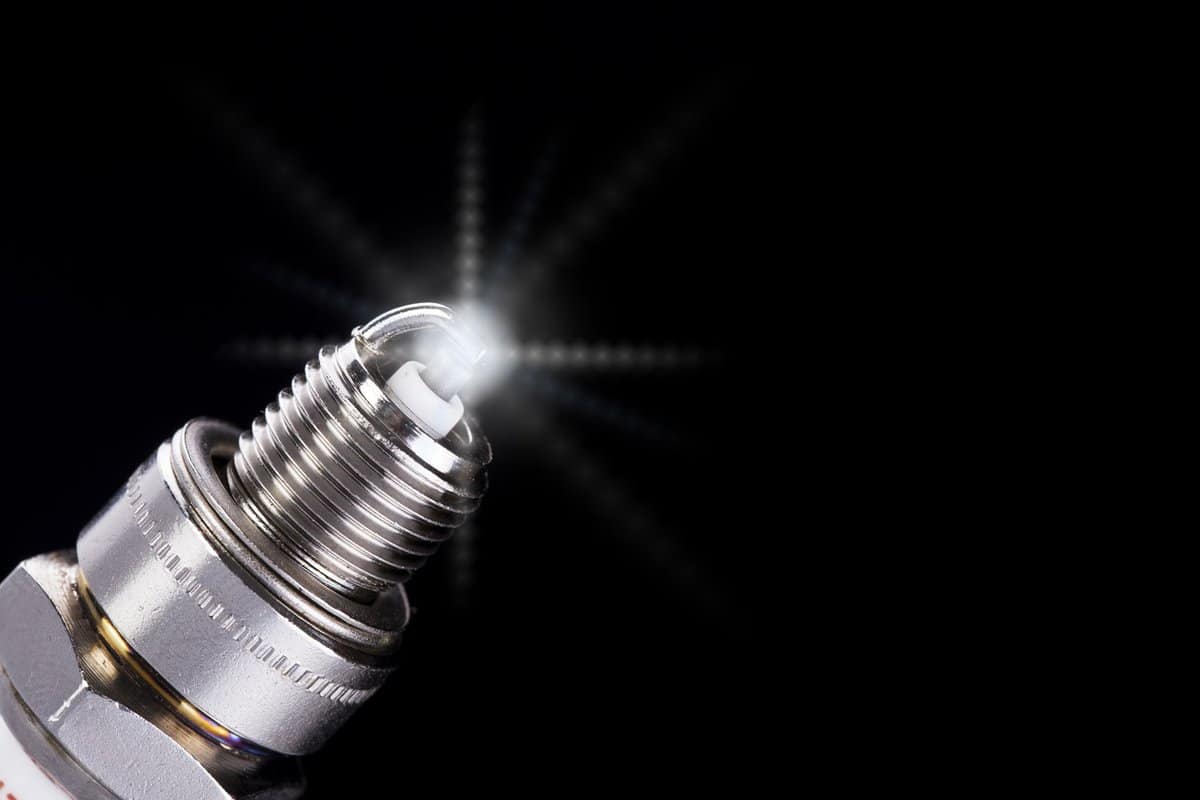
It's critical for spark plugs to be gapped in accordance with the vehicle manufacturer's recommendation. But to understand why, we first need to discuss how spark plugs work and the role they play in an engine's operation.
Simply put, a gasoline engine works by igniting an air-fuel mixture to create power. During the power stroke, the spark plug provides the spark that ignites this mixture.
Given the speed at which an engine runs, it's critical to ensure that this spark is created and that it is delivered at the correct time each and every cycle.
What Happens If My Spark Plug Gap Is Too Big?
Correct spark plug gap is an important part of engine operation. If the gap is too wide, there might not be sufficient voltage to create a spark. This can cause misfires and result in generally subpar engine performance.
How Tight Should A Spark Plug Be?
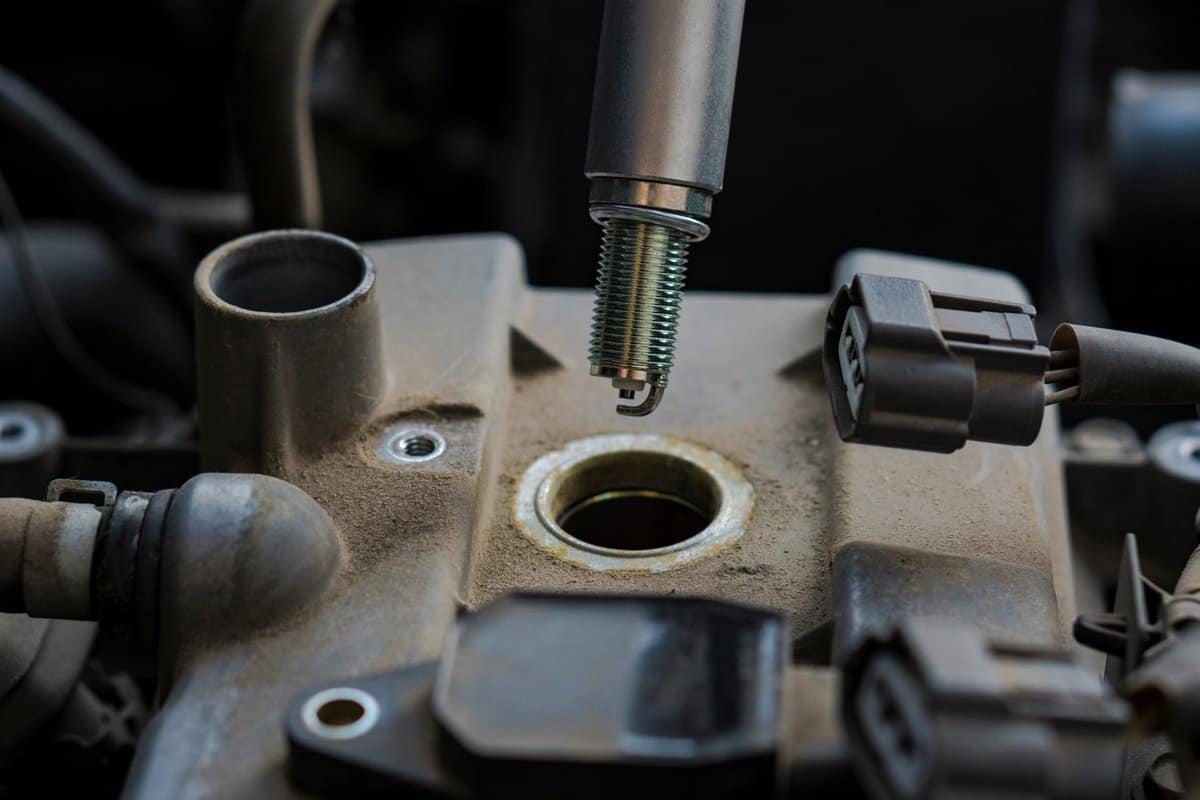
When it comes to spark plug replacement, the gap isn't the only important consideration. It's also critical to ensure that each spark plug is tightened to the correct specification to ensure that it is seated at the correct depth in the combustion chamber.
While there are general rules of thumb for hand-tightening spark plugs, using a torque wrench is recommended for accuracy.
The recommended torque specifications for spark plugs vary based on thread size, type of seat (gasket or tapered), and head material. Below are the torque recommendations for Autolite's spark plugs (all figures are in pound-feet of torque):
- 10mm (gasket): 7-11 (cast iron); 7-11 (aluminum)
- 12mm (gasket): 11-19 (cast iron); 11-19 (aluminum)
- 14mm (gasket): 16-29 (cast iron); 15-22 (aluminum)
- 18mm (gasket): 32-38 (cast iron); 28-34 (aluminum)
- 14mm (tapered): 7-15 (cast iron); 7-15 (aluminum)
- 18mm (tapered): 15-20 (cast iron); 15-20 (aluminum)
Be sure to double-check the torque specifications for the manufacturer of your spark plugs, as they might vary.
Click here to see this torque wrench on Amazon.
Can A Loose Spark Plug Cause A Misfire?
Failing to torque a spark plug to the correct specification can lead to misfires. If a spark plug is loose, it means the electrode isn't protruding deep enough into the combustion chamber.
Ultimately, this means there's the possibility of a misfire, as the combustion process is largely dependent on the correct spark plug position.
Is It Better To Change The Spark Plugs Hot Or Cold?
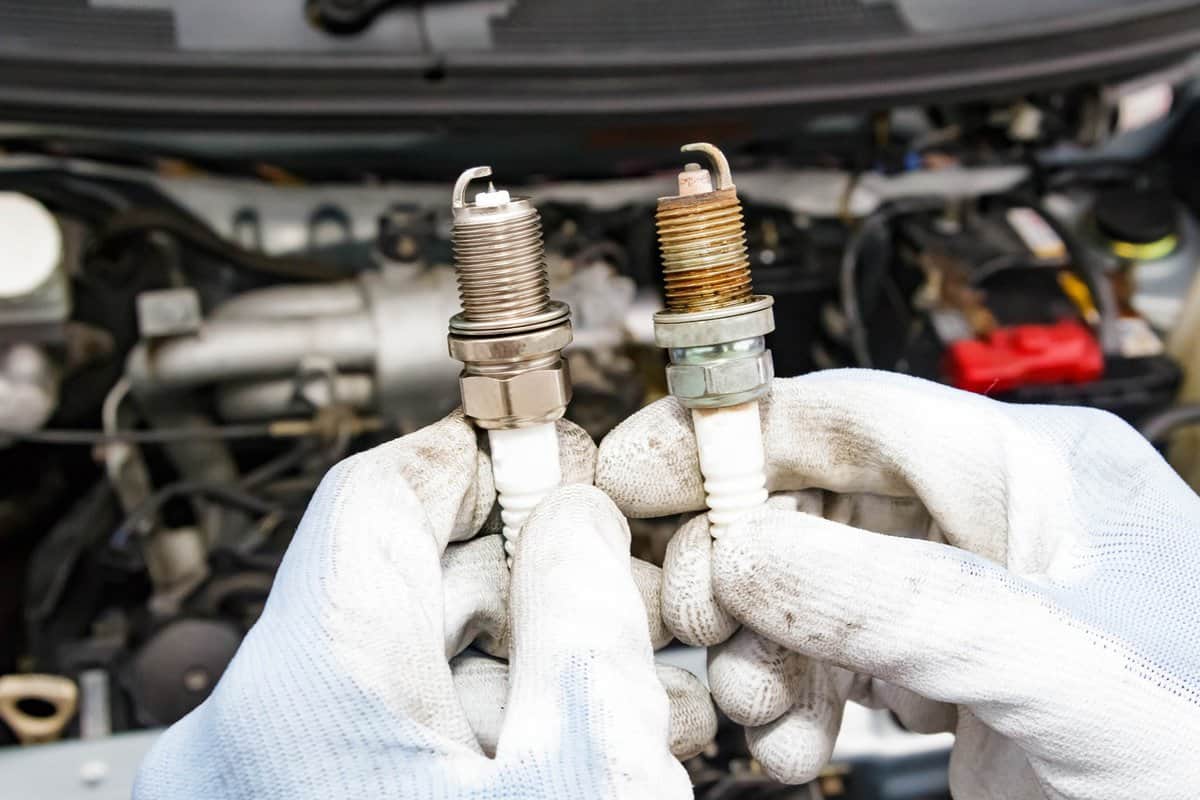
If you're going to change your spark plugs, you should give the engine enough time to cool off before you start the process. You don't necessarily have to wait for the engine to be cold per se, but the last thing you want to do is start working with engine components when the engine is still hot.
In Closing
We hope this guide taught you everything you need to know about properly gapping spark plugs. Remember, spark plugs are a critical engine component, and it's important to ensure that they have the correct gap.
Before you go, be sure to take a look at these other guides:
Spark Plugs Keep Going Bad – What’s Wrong?

